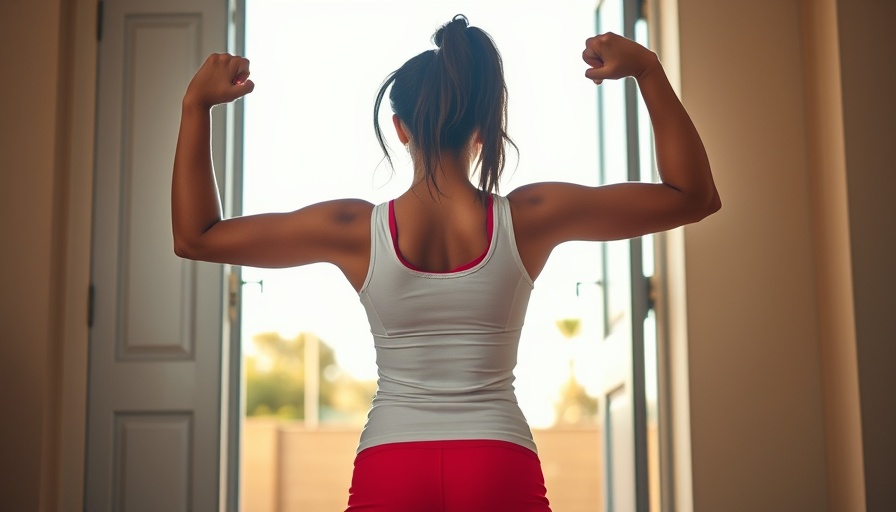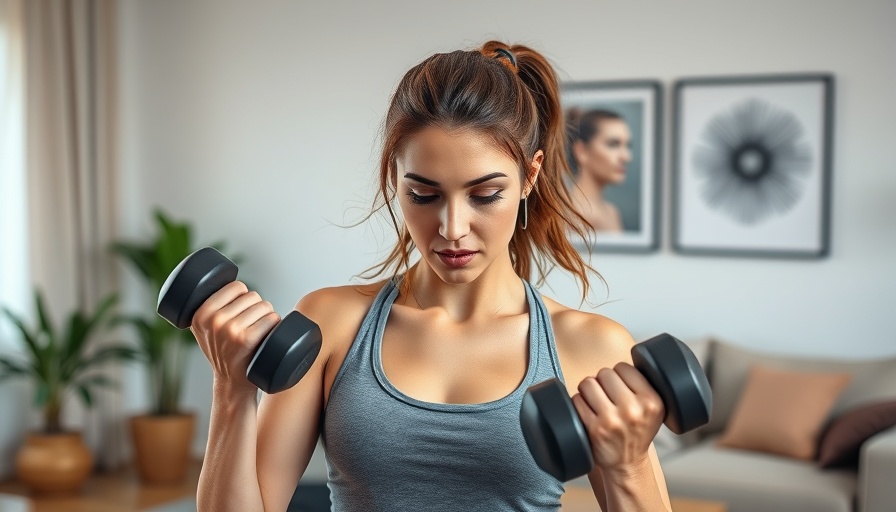
Discover the Power of Doorway Exercises for Stronger Arms
As we age, it becomes increasingly important to maintain strength and muscle tone, especially in our arms. Crepey skin, a common concern after 40, can make our arms look less firm and defined. Fortunately, fitness expert Terry Tateossian has shared effective doorway moves that can sculpt strong, beautiful arms right from the comfort of home. These exercises not only combat the signs of aging but also promote overall health and fitness.
Understanding Crepey Skin and Its Causes
Crepey skin occurs when the skin loses elasticity and collagen, making it appear thin and wrinkled, often resembling crumpled paper. Notably, this phenomenon typically starts around the age of 40, exacerbated by significant weight loss, hormonal changes, and the natural aging process. Maintaining physical fitness during this period is vital as it can slow down skin aging, enhance muscle tone, and boost overall body composition.
Effective Doorway Moves to Strengthen Your Arms
Doorway exercises are fantastic for building upper body strength without the need for gym equipment. Here are some of the key moves to incorporate into your weekly routine:
1. Doorway Isometric Chest Press
Stand in a doorway with your arms at shoulder height on either side of the frame. Press outward as if pushing the frame apart and hold for 20 to 30 seconds. This exercise targets the chest, shoulders, and triceps, making it a comprehensive move to enhance muscle tone and improve the appearance of your arms.
2. Doorway Tricep Push-Ups
This variation of push-ups is perfect for targeting the triceps. Position your hands on either side of the doorway and step back into a lean. Lower your body toward the door frame, then press back up. Aim for 3 sets of 8-12 reps. This exercise helps tighten the triceps, a common area to show crepey texture, through controlled resistance.
3. Doorway Lateral Raise Squeeze-Backs
With your back to the doorframe, place the backs of your hands against the door’s inner side. Press and squeeze your shoulder blades together, holding this position for 20 seconds. Performing 3 sets of these squeezes improves posture and specifically targets the back of the arms, which are crucial to achieving toned, sculpted arms.
Combining Workouts with Nutritional Support
While these exercises can offer significant benefits, it's crucial to complement them with the right nutrition. Adequate protein intake, hydration, and regular resistance training can further enhance results. Protein is essential for muscle repair and growth, which can fill out and support the skin, reducing the crepey appearance.
Making Exercise a Habit
Building a routine out of these doorway exercises is a step toward not only stronger arms but a healthier lifestyle overall. Consider setting aside a few minutes each day to practice these moves, integrating them with your daily activities as a quick and effective way to boost your fitness levels. Consistency is key to seeing results, and it’s never too late to start.
Empower Yourself Through Fitness and Nutrition
In conclusion, as we age, caring for our bodies through exercise and nutrition becomes increasingly important. The doorway exercises discussed strengthen key muscles and are easily accessible at home, making fitness a feasible part of every day. By integrating these moves with balanced nutrition, you can empower yourself and embrace a healthier, more active lifestyle.
So why wait? Start your journey to stronger, sculpted arms today!
 Add Row
Add Row  Add
Add 







Write A Comment